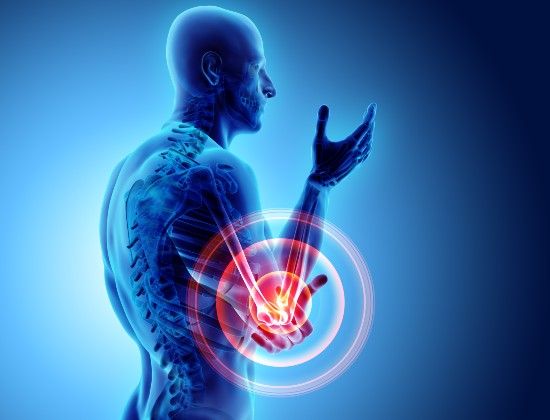Ulna fracture
What is an ulna fracture?
An ulna fracture affects one of the bones of the forearm; in many cases both the ulna and radius are broken.
Causes
This type of fracture is usually the result of a direct blow to the outside of the arm, for example when it is raised in self-defence, or as a result of falling on the arm when it is outstretched.
Symptoms
Pain, deformity, swelling, bruising, restricted movement and numbness or weakness in the fingers or wrist (although this is unusual).
Diagnosis
Following a medical examination, your diagnosis may be backed up by an X-ray which can show the extent of the damage.
Treatment
Where both forearm bones are broken you will usually need to have fracture repair surgery
Non-displaced fracture: this means that there is a crack in the bone, which can be seen on an X-ray although the bones remain in their usual position. This type of fracture can be treated without surgery, usually by having your arm in a splint for a few days, followed by a functional brace
Unstable fracture: sometimes a non-displaced fracture may be at risk of becoming displaced after an injury. If bones become displaced, you may need to have surgery to make sure the bone heals in the correct alignment
Displaced or open fracture: where the bone fragments are out of place (displaced), or if the fracture has pierced the skin (open fracture), surgery may be needed to realign the bones so that the bone is stabilised. The type of surgery depends on the fracture; pins, plates and wires may be needed to hold the bone fragments in place


